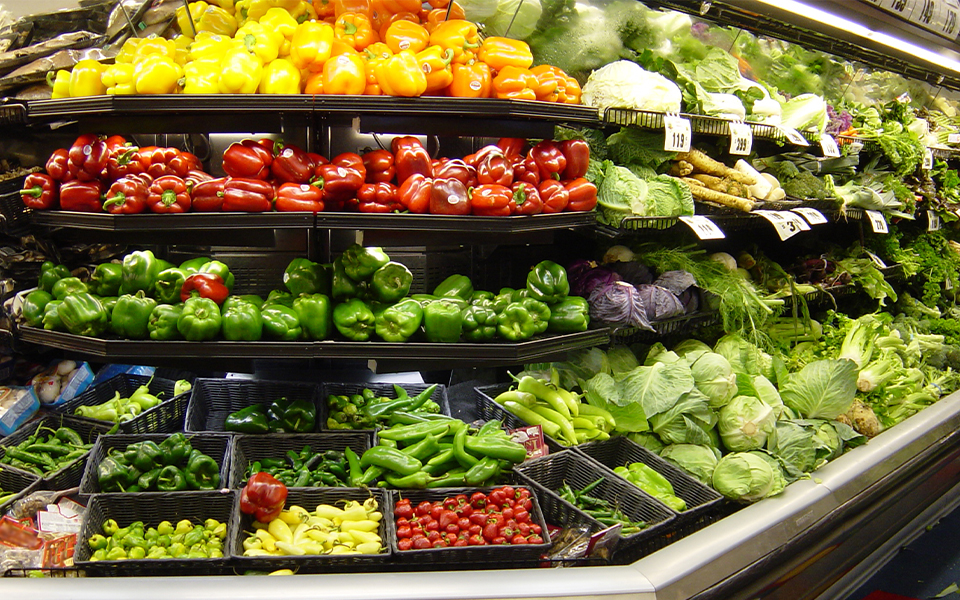*On June 1, 2023 Emerson’s Climate Technologies business became a new standalone company – Copeland. Though our name has changed, we are building on more than a century of HVACR innovation and industry leadership, and Copeland continues to offer the same products, industry stewardship, and learning opportunities you’ve grown to trust. Information found on this webpage posted before June 1, 2023 may contain our old name or branding, but you can be at ease knowing it was created with the knowledge and expertise of Copeland.
This blog summarizes an article from ACHR News, titled “Manufacturers Optimistic About the Future of the Refrigeration Market.” Read the full article here.

The U.S. economy is looking more robust, with many economists predicting the gross domestic product (GDP) will grow between 2.5 and 3 percent this year. That is slightly higher than last year’s GDP, which the Bureau of Economic Analysis reported as increasing 2.3 percent, but much higher than the increase of only 1.5 percent in 2016. Other economic indicators are looking positive as well, including modest inflation, higher wages, increased consumer spending and low unemployment. All these factors are leading manufacturers to believe 2018 will be a good year for the refrigeration market.
Cold rooms, including the walk-in cooler and freezer applications found in many venues such as convenience stores and supermarkets, also remain an important area of focus for the industry because of the ongoing demand for tighter temperature control and monitoring to ensure food safety and quality.
Emerson sees foodservice showing solid growth, and we expect food retail, transportation and industrial growth will be even stronger. For several years now, we’ve placed significant development emphasis on helping our customers be ready for refrigerant and energy advancements, and those products are seeing growth as well. As the refrigeration industry continues to evolve, it is our responsibility to continue developing products that allow our customers to stay on top of industry trends.
While manufacturers are optimistic about growth this year, there are lingering concerns over the current and future state of regulations and refrigerants. Adding to the confusion is the recent decision by the D.C. Circuit Court of Appeals to deny a petition to rehear its prior case that ruled the Environment Protection Agency (EPA) does not have the authority to regulate HFC refrigerants.
The recent SNAP ruling is a concern, as some end users and manufacturers are faced with questions about how to proceed. Refrigeration is dealing with extraordinary dynamics right now, bringing both a challenge and an opportunity. We see our role as engineering simple and sustainable solutions to meet these challenges. We are working with our customers to help determine their approaches moving forward.
The transition to natural and alternative refrigerants will likely continue. Emphasis should also be placed on properly training techs, as new refrigeration equipment cannot be installed and/or maintained correctly without them. As manufacturers shift to new refrigerants, the industry will need to provide additional training to ensure contractors are able to install and service the next generation of equipment being offered.

Facility Health Score Insights Program Transforms Enterprise Maintenance
Leveraging refrigeration performance data drives food retail cost reductions. Maintaining proper...

Electrical component considerations for A2L system safety
Electrical component considerations for A2L system safety As a new refrigerant category in the...

A2L refrigerant regulation updates: what you need to know today
Preparing for the approval and safe use of A2Ls in commercial refrigeration applications The move...
